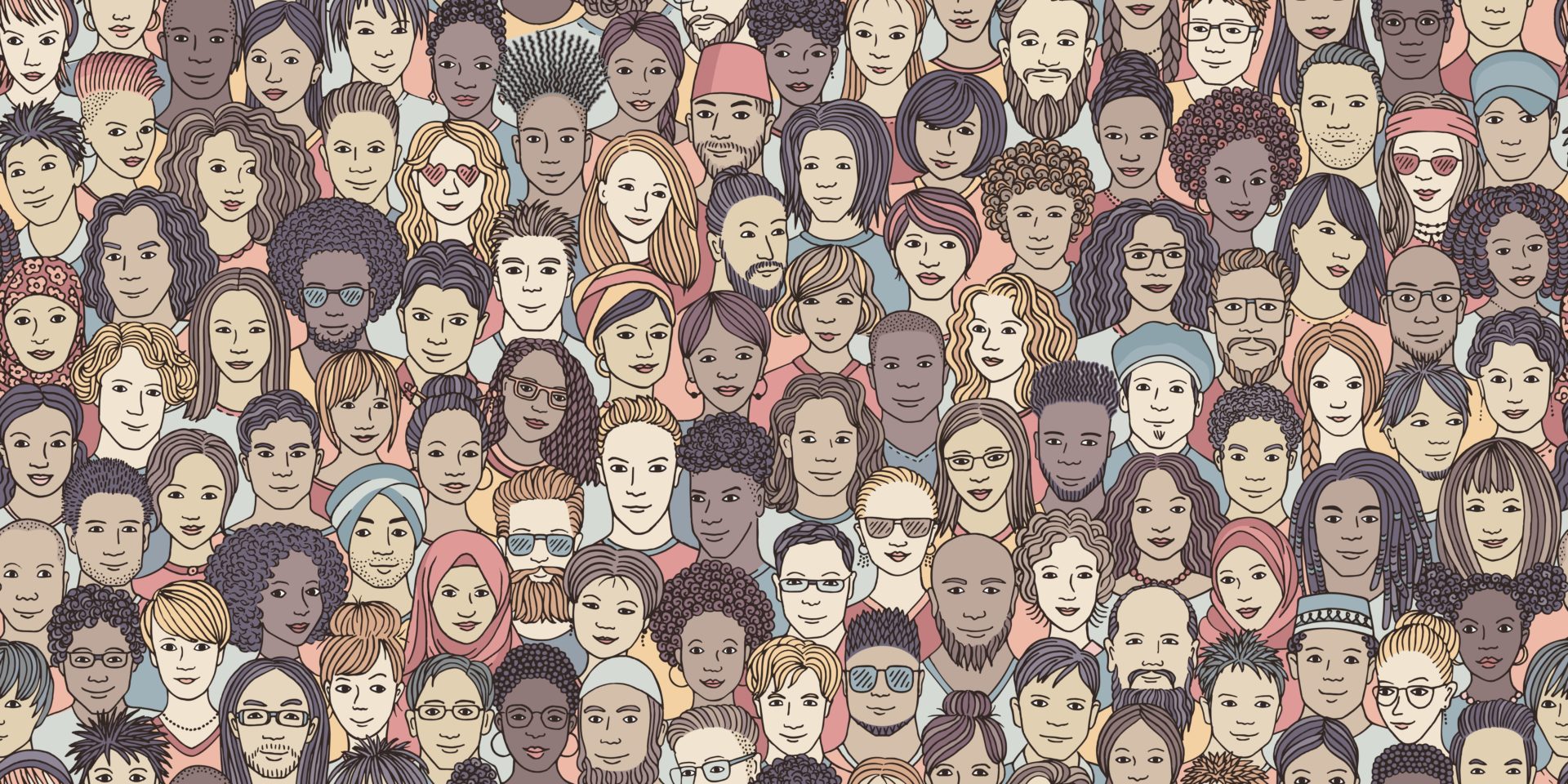The Transgender Community


The word “transgender,” or trans, is an umbrella term for people whose gender identity is different from the sex assigned to them at birth. Although the word “transgender” and our modern definition of it only came into use in the late 20th century, people who would fit under this definition have existed in every culture throughout recorded history. For example, in American Indian culture, transgender people are two spirited.
Sex and gender are two different concepts. A person’s sex refers to his or her biological status as either male or female. The determination of a person’s biological sex depends primarily on various physical characteristics, including chromosomes, reproductive anatomy, and sex hormones.
Gender is a societal construct that deals with the expected behaviors, roles and activities typically associated with the different sexes. Gender roles, which vary across cultures, influence how people act and feel about themselves.
Sexual orientation is different from gender identity. Sexual orientation is a person’s physical, emotional, or romantic attraction to another person, while gender identity is about one’s own sense of self. Transgender people may be straight, lesbian, gay, or bisexual. For example, a transgender woman that is attracted to men is straight, and a transgender woman that is attracted to women is a lesbian.
The trans community is incredibly diverse. Some trans people identify as trans men or trans women, while others may describe themselves as non-binary, genderqueer, gender non-conforming, agender, bigender, or other identities that reflect their personal experience.
The rights of the transgender community and the rights of an individual to transition and be recognized in the gender with which they identify vary by state. Until June of 2020, Congress had not passed any laws specifically protecting transgender people from discrimination in employment, housing, healthcare, and adoption. Even with two recent rulings from the Supreme Court of the United States, the protections for transgender people are very limited under federal law. Here are just some areas where the transgender community face inequality.
Identity documents are a major area of legal concern for transgender people. Different procedures and requirements exist for legal name changes and gender marker changes on birth certificates, driver’s licenses, social security identification, and passports, and can be inconsistent. Many states require gender confirmation surgery to change a transgender person’s name and gender marker so that it matches their identity.
Documents which do not match each other can present difficulties in conducting personal affairs, particularly those which require multiple, matching forms of identification. Also, having documents which do not match a person’s gender presentation has been reported to lead to harassment, discrimination, and violence.
In June 2020, the Supreme Court of the United States ruled for the first time on a case directly regarding transgender rights. The Supreme Court held that Title VII of the Civil Rights Act 1964 extends protections to individuals in employment who are transgender. Discrimination on the grounds of transgender status is a form of discrimination based on sex.
Prior to the rulings, four states (Alaska, Arizona, Minnesota, and Missouri) had not enacted specific protections based on transgender status in any employment, and 22 states had extended protections to public employment only. Even with these changes, it is still legal to use gender identity as a reason to deny employment to a transgender person.
Transgender people face two major legal issues within the healthcare system – access to healthcare for gender transitioning and discrimination by healthcare workers. Even though there is medical consensus that hormone therapy and gender confirmation surgery are medically necessary for many transgender people, the kinds of healthcare associated with gender transition are sometimes misunderstood as cosmetic, experimental, or simply unnecessary. This has led to public and private insurance companies often denying coverage for such treatment.
Transgender people also sometimes experience discrimination by healthcare professionals, who have refused to treat them for conditions both related and unrelated to their gender identity. A 2017 report by the Center for American Progress found 29% of transgender people reporting they were denied care by a medical provider in the preceding year due to their gender identity or sexual orientation. The same study found that 21% of trans people reported medical providers used abusive or harsh language when they sought care.
Federal hate crimes legislation includes limited protections for gender identity. The Hate Crimes Prevention Act of 2009 criminalized “willfully causing bodily injury (or attempting to do so with fire, firearm, or other dangerous weapon)” on the basis of an “actual or perceived” identity. However, protections for hate crimes motivated on the basis of a victim’s gender identity or sexual orientation is limited to “crime affecting interstate or foreign commerce or occurring within federal special maritime and territorial jurisdiction.” This limitation only applies to gender identity and sexual orientation, and not to race, religion, or national origin. Therefore, hate crimes which occur outside these jurisdictions are not protected by federal law.
22 states plus Washington D.C. have hate crimes legislation that includes gender identity or expression as a protected group. 27 states have hate crimes legislation that excludes transgender people. Six states have no hate crimes legislation at all. The result is that many crimes against transgender people go unreported or uninvestigated.
We can support transgender people in many ways: